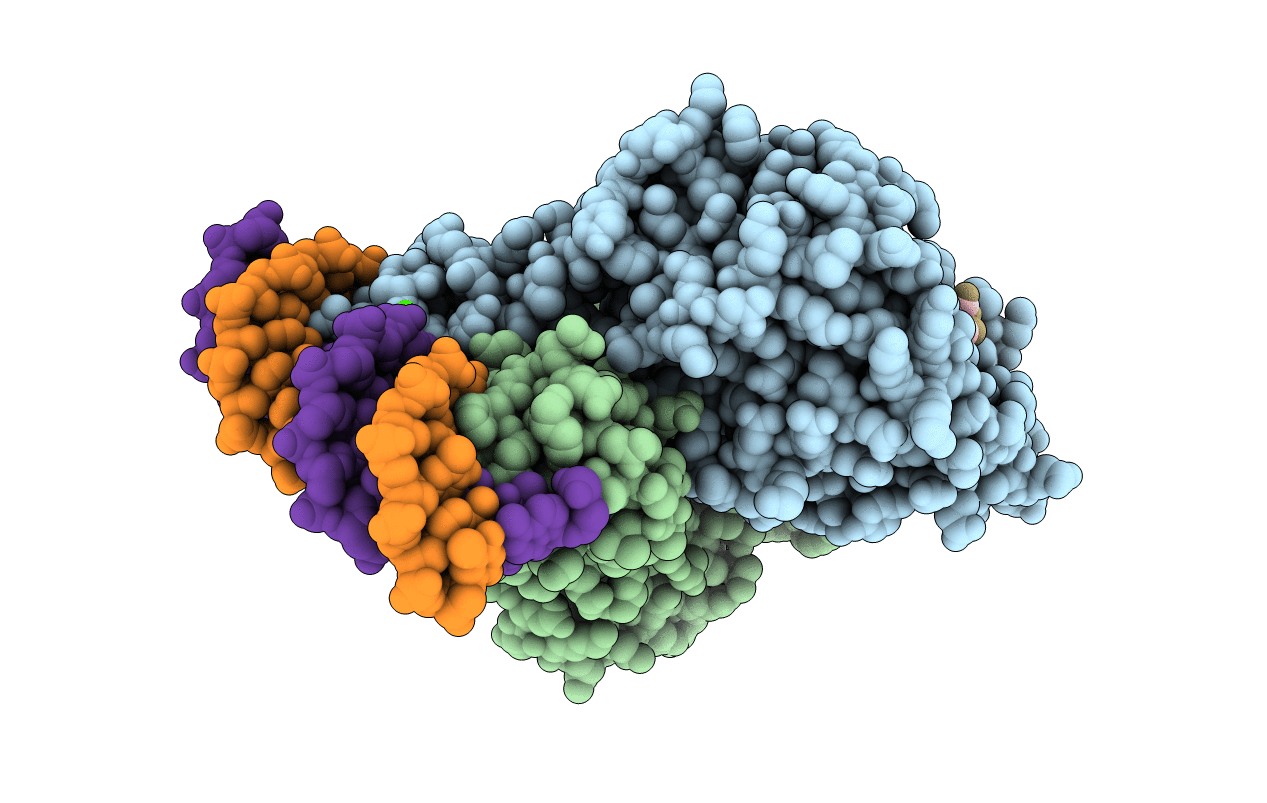
Deposition Date
2011-10-06
Release Date
2013-01-09
Last Version Date
2023-09-13
Entry Detail
PDB ID:
3U3W
Keywords:
Title:
Crystal Structure of Bacillus thuringiensis PlcR in complex with the peptide PapR7 and DNA
Biological Source:
Source Organism:
Bacillus thuringiensis (Taxon ID: 527021)
Bacillus cereus (Taxon ID: 1396)
Bacillus cereus (Taxon ID: 1396)
Host Organism:
Method Details:
Experimental Method:
Resolution:
2.40 Å
R-Value Free:
0.23
R-Value Work:
0.17
R-Value Observed:
0.18
Space Group:
P 1 21 1


